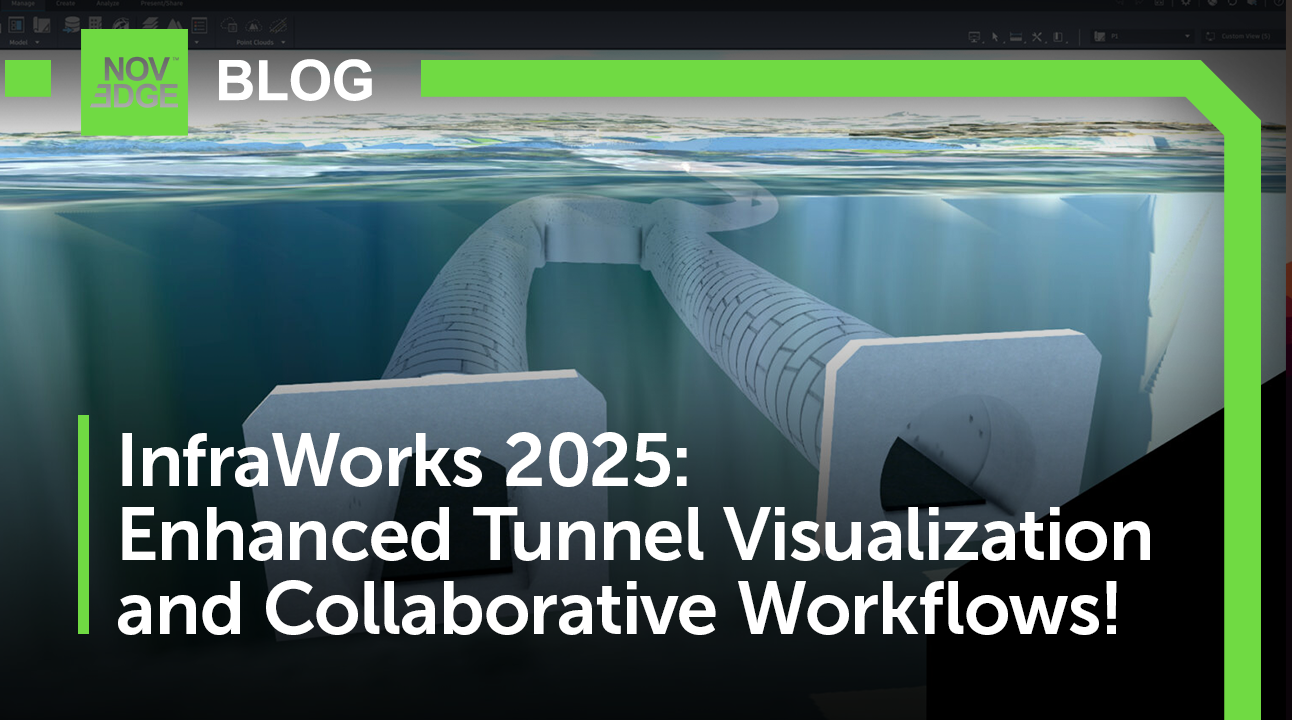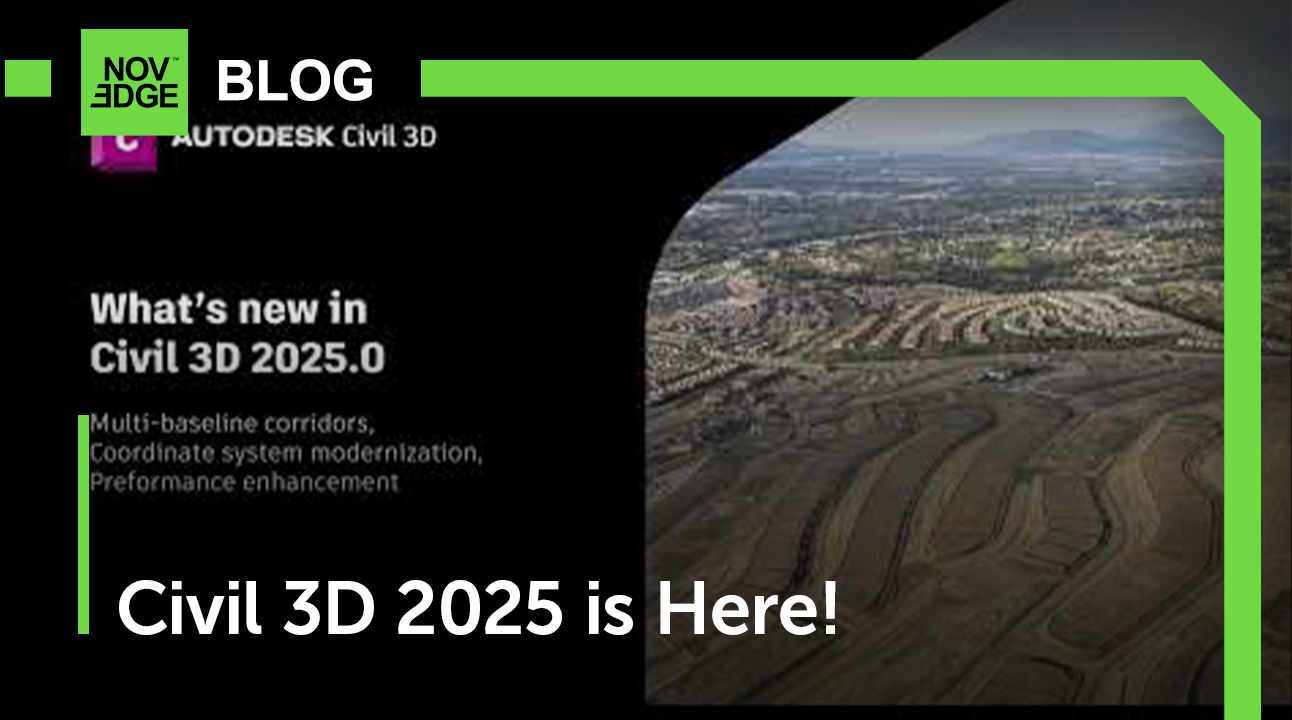Your Cart is Empty
Recent Articles
- Efficiency Meets Innovation: SketchUp 2024 Unveiled
- Maxon One Spring 2024 Release Packs Particle Power, Toon Shading, and More
- TurboCAD 2024 Unveiled by IMSI Design: Discover the New Features and Enhancements
- Exploring the Latest InfraWorks 2025 Updates
- Introducing the Latest Innovations in Autodesk's ReCap Pro 2025
- Discover the Latest Enhancements in Civil 3D 2025
- Exploring the Newest Features and Enhancements in Revit 2025
- Explore the Latest Features in Vantage 2.3 Update
- Explore the Latest AutoCAD 2025 Enhancements: Activity Insight, Smart Blocks, and Apple Silicon Support
- Unveiling Enscape 4.0: Revolutionizing Design with Unified Experience for macOS and Windows Users
NOVEDGE Blog
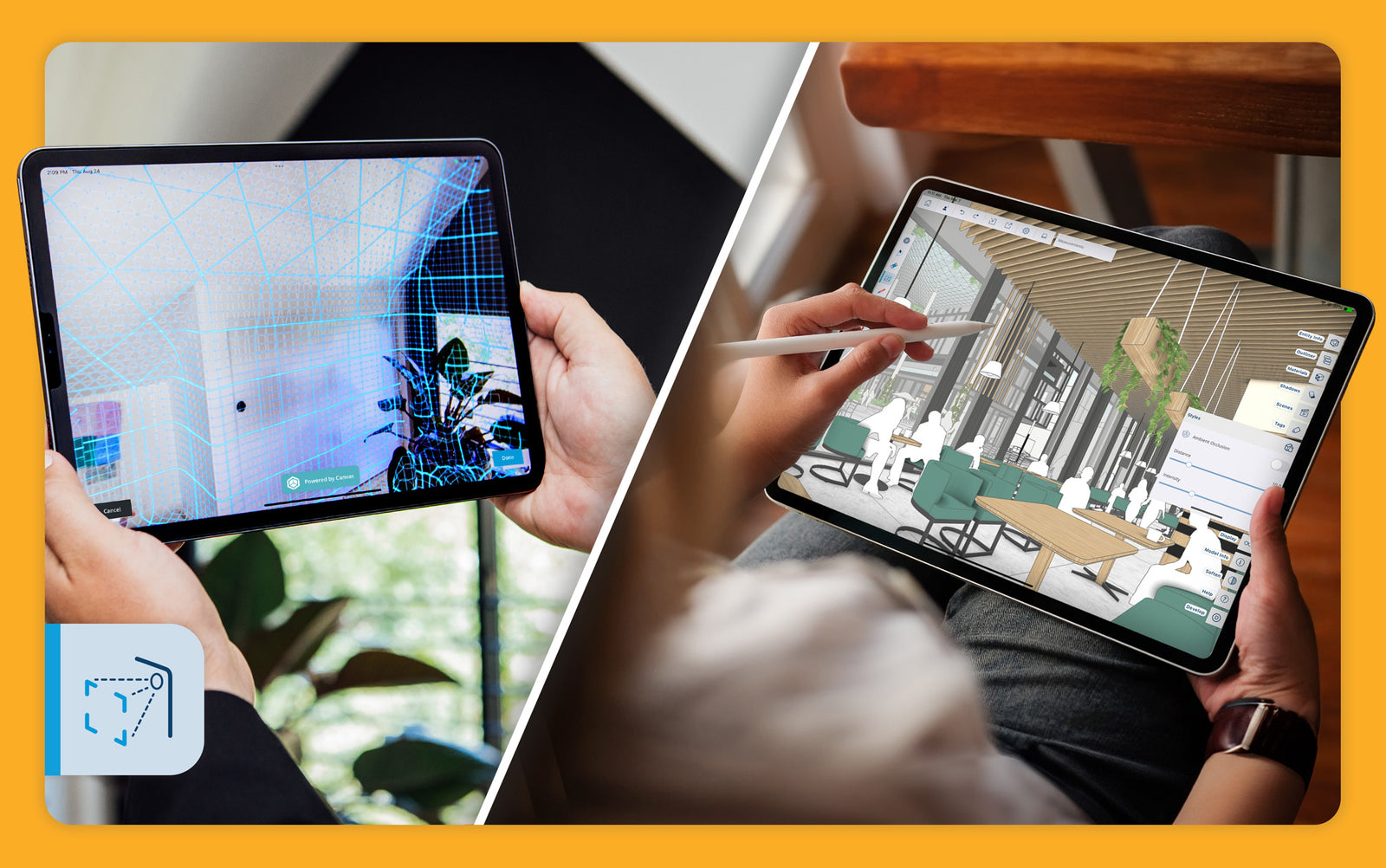
Efficiency Meets Innovation: SketchUp 2024 Unveiled
by Barbara D'Aloisio April 11, 2024 0 min read
Read More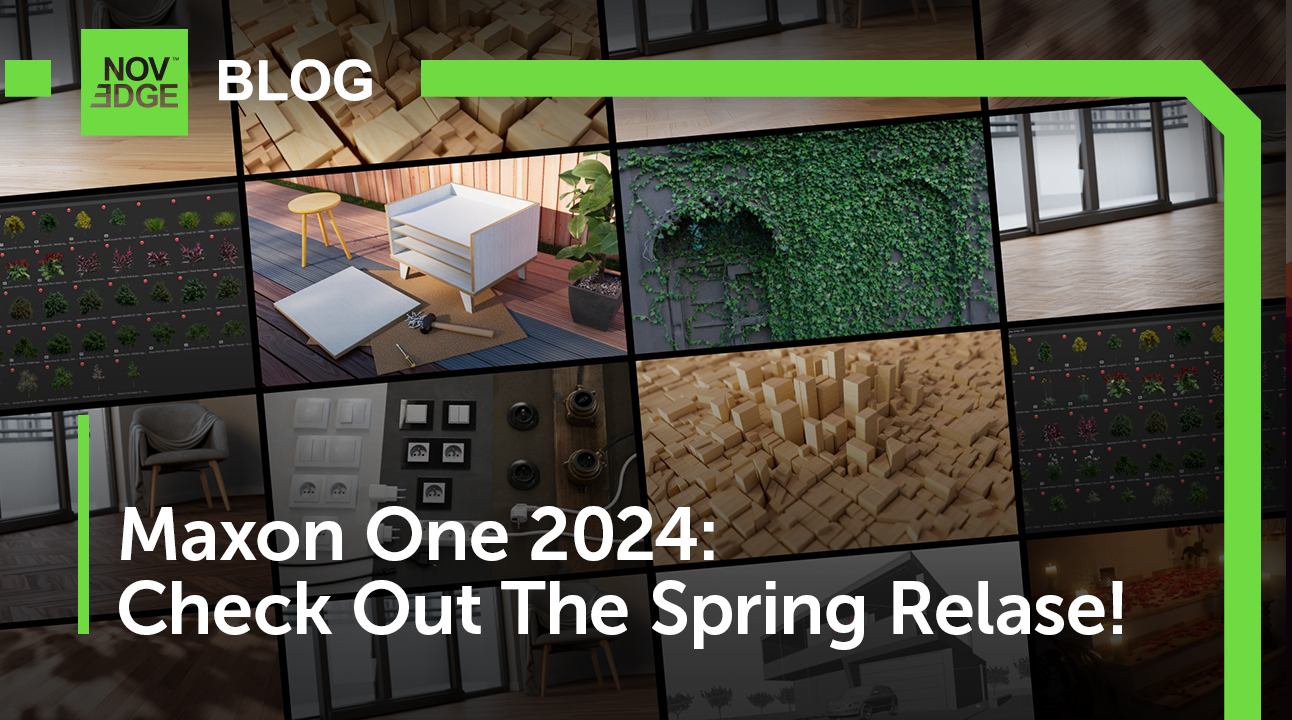
Maxon One Spring 2024 Release Packs Particle Power, Toon Shading, and More
by Barbara D'Aloisio April 10, 2024 0 min read
Read More
TurboCAD 2024 Unveiled by IMSI Design: Discover the New Features and Enhancements
by NOVEDGE April 10, 2024 0 min read
Read More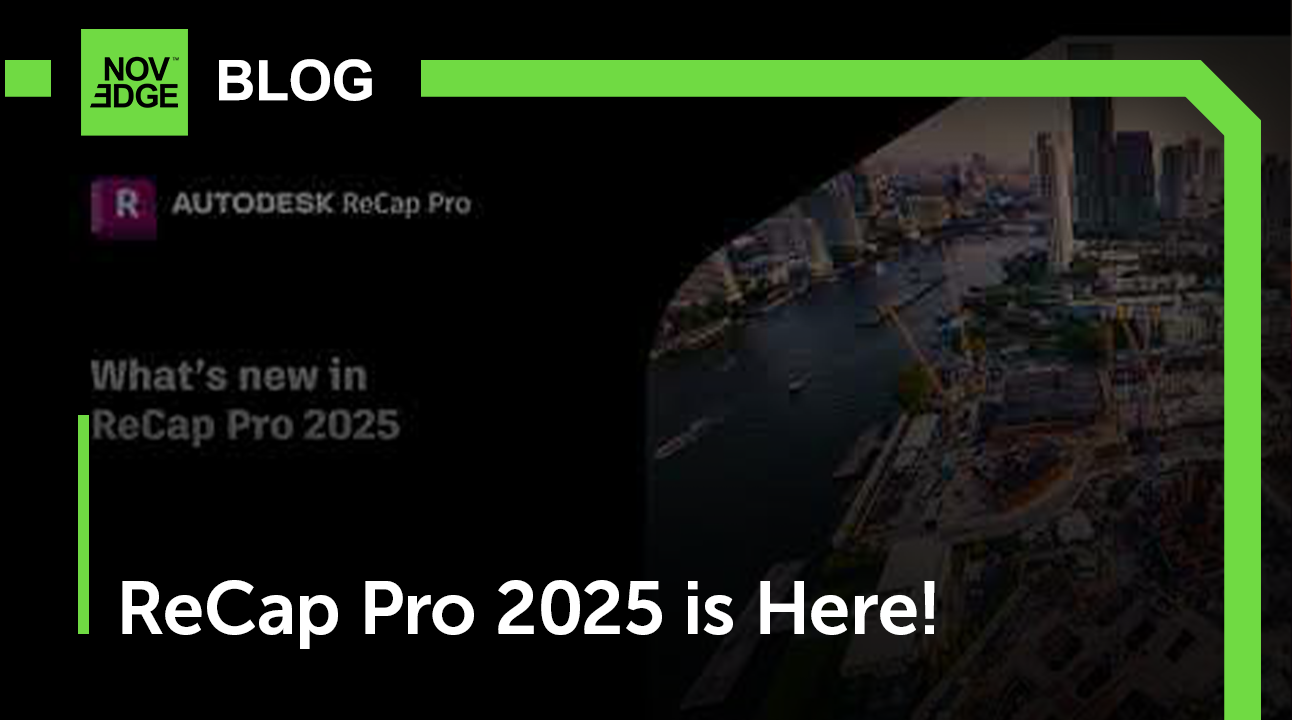
Introducing the Latest Innovations in Autodesk's ReCap Pro 2025
by NOVEDGE April 05, 2024 0 min read
Read More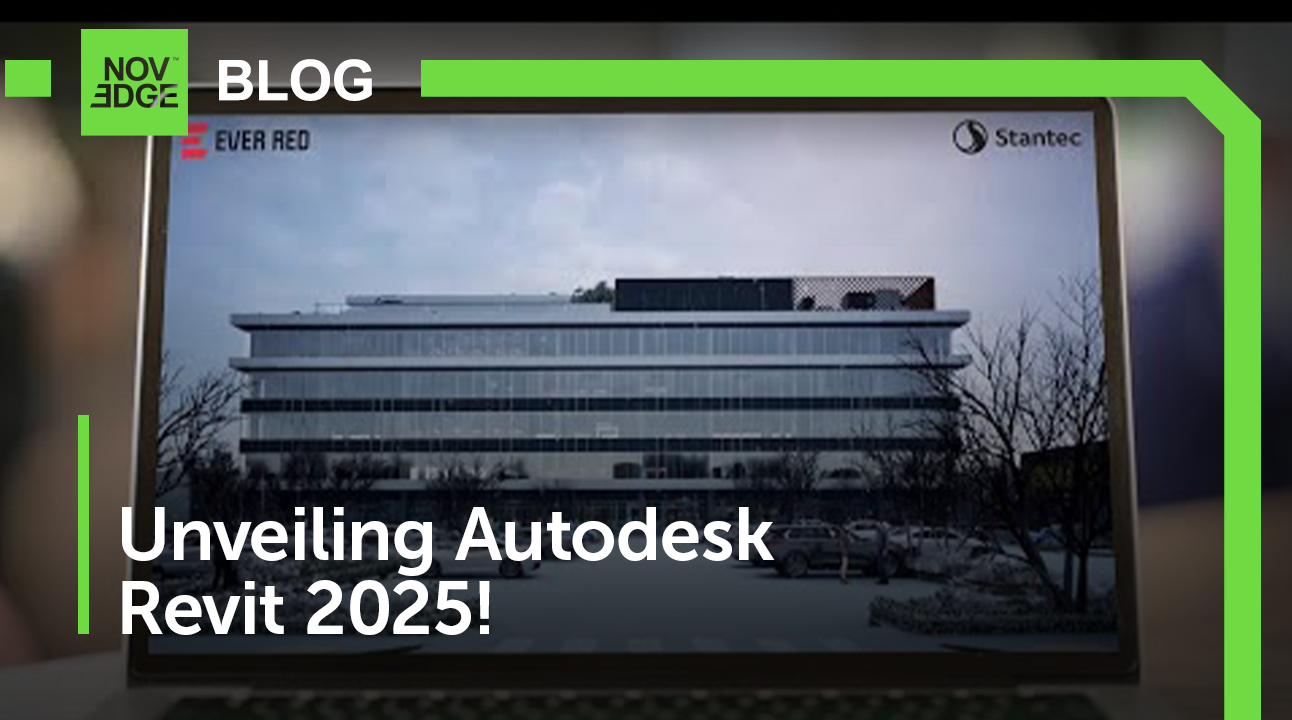
Exploring the Newest Features and Enhancements in Revit 2025
by NOVEDGE April 03, 2024 0 min read
Read More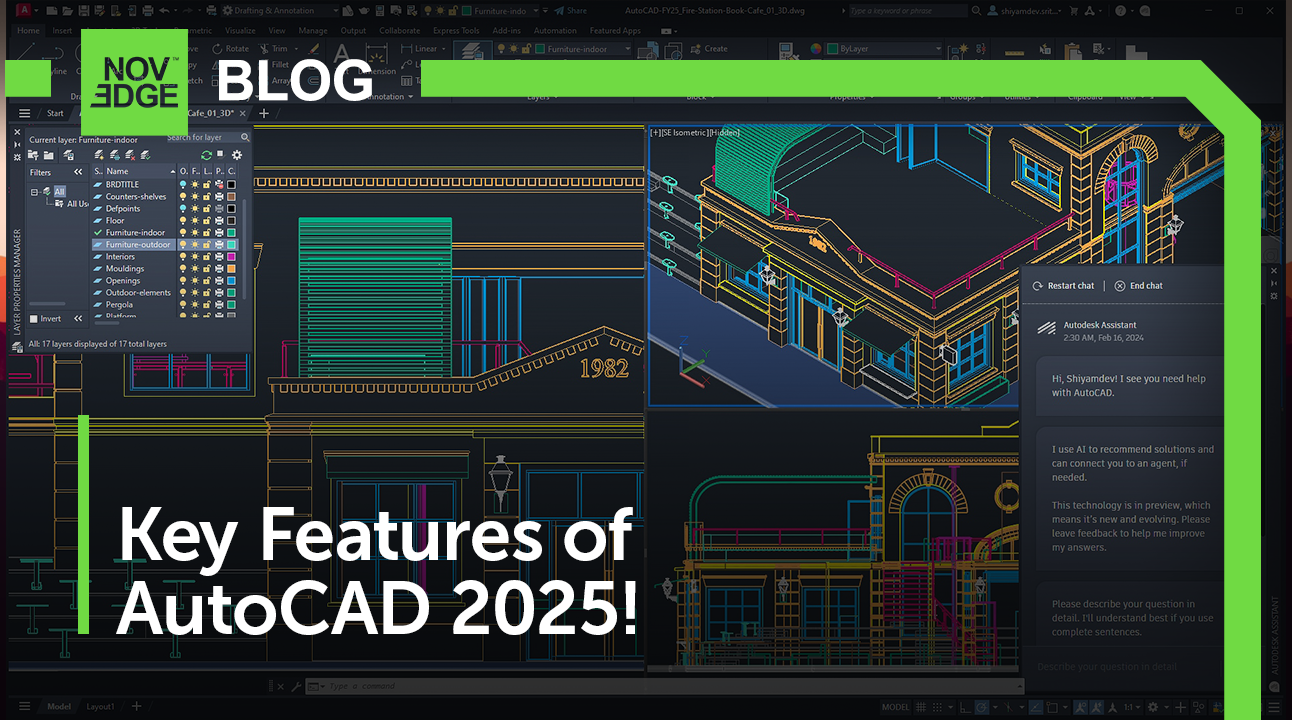
Explore the Latest AutoCAD 2025 Enhancements: Activity Insight, Smart Blocks, and Apple Silicon Support
by NOVEDGE March 29, 2024 0 min read
Read More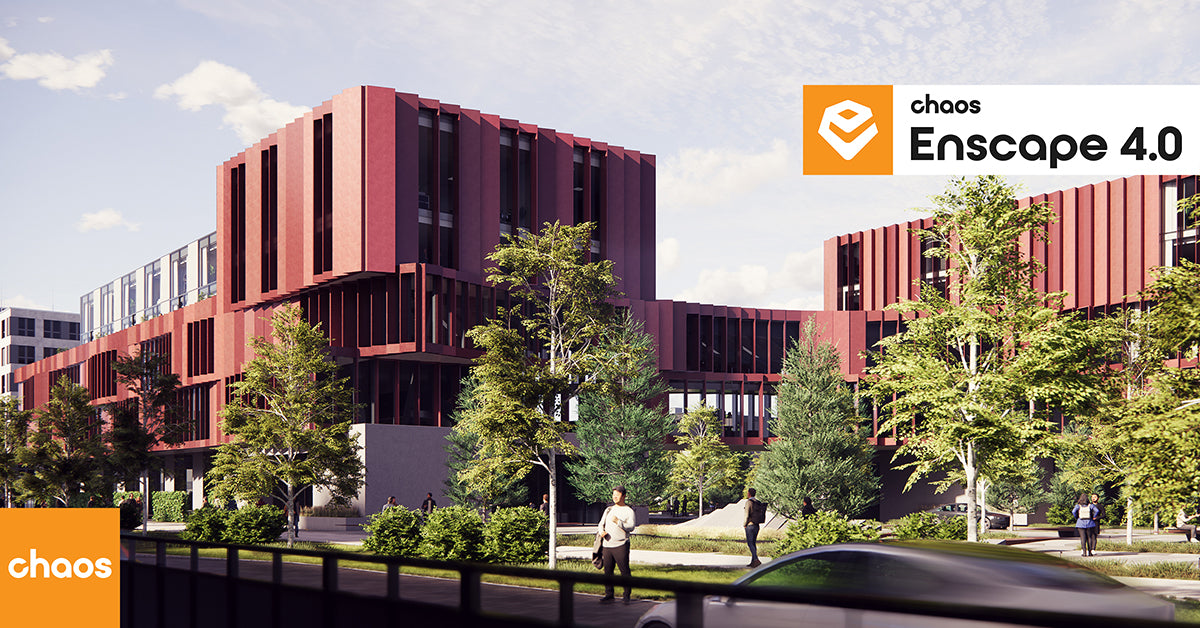
Unveiling Enscape 4.0: Revolutionizing Design with Unified Experience for macOS and Windows Users
by NOVEDGE March 28, 2024 0 min read
Read More
New PTC Mathcad Prime 10: Empowering Engineers with Advanced Engineering Calculations
by NOVEDGE March 22, 2024 0 min read
Read More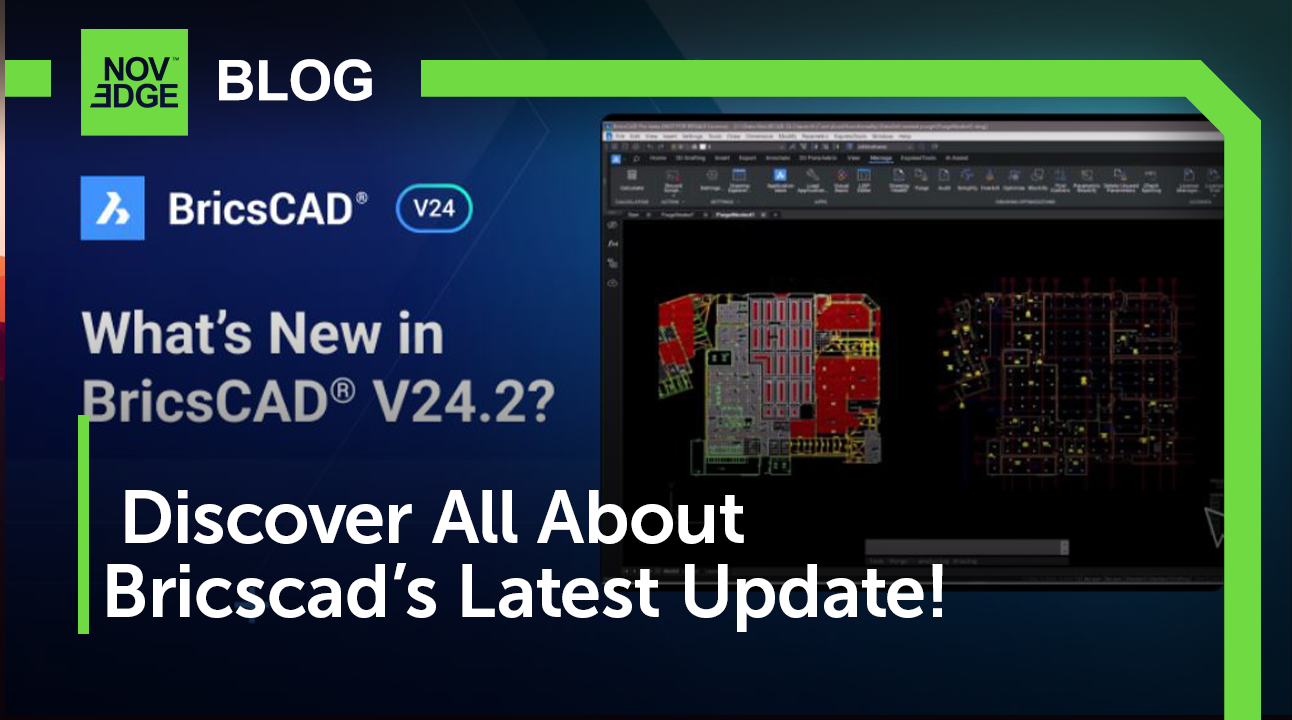
Unveiling BricsCAD V24.2: Explore the Latest Features and Enhancements
by NOVEDGE March 19, 2024 0 min read
Read More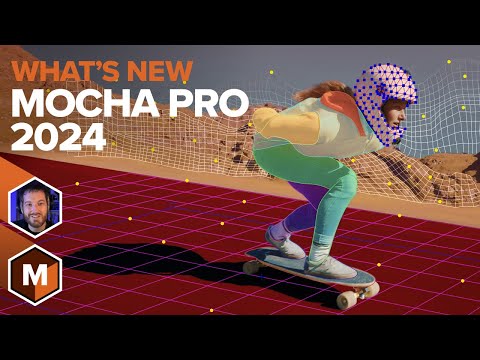
Unveiling Mocha Pro 2024: SynthEyes 3D Tracking Revolutionizes VFX Workflow with New Camera Solve Module
by NOVEDGE March 18, 2024 0 min read
Read More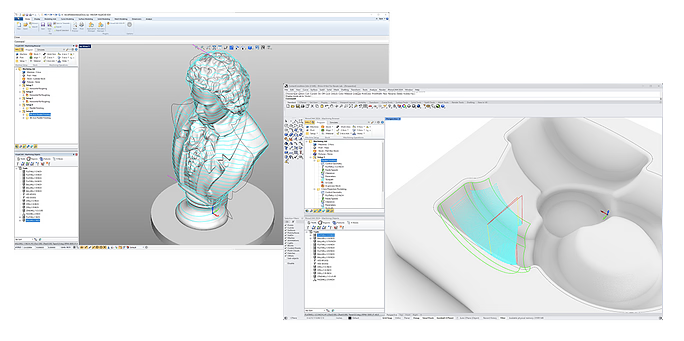
MecSoft Unveils RhinoCAM and VisualCAD/CAM 2024: Elevate Your Design and Manufacturing with New Features and Enhancements
by NOVEDGE March 15, 2024 0 min read
Read More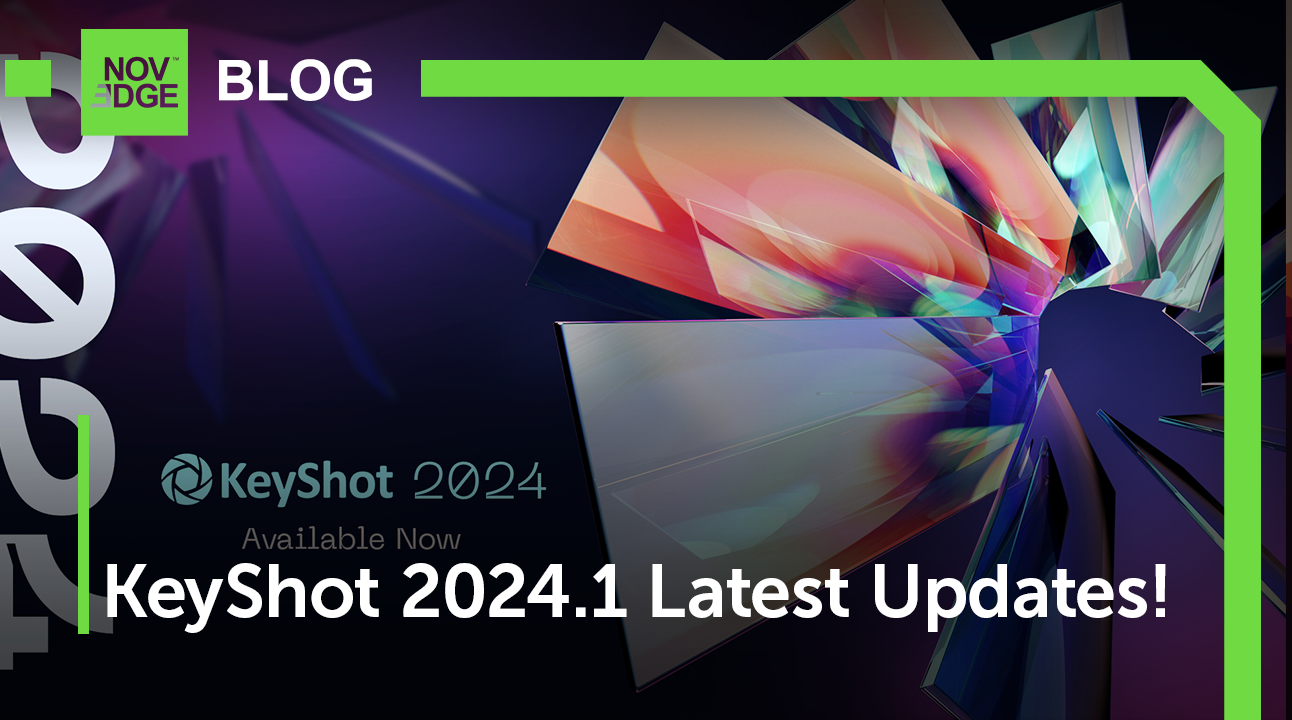
What's New in KeyShot 2024.1 : Ultra-Sharp Visuals and Enhanced Workflow Efficiency
by NOVEDGE March 12, 2024 0 min read
Read More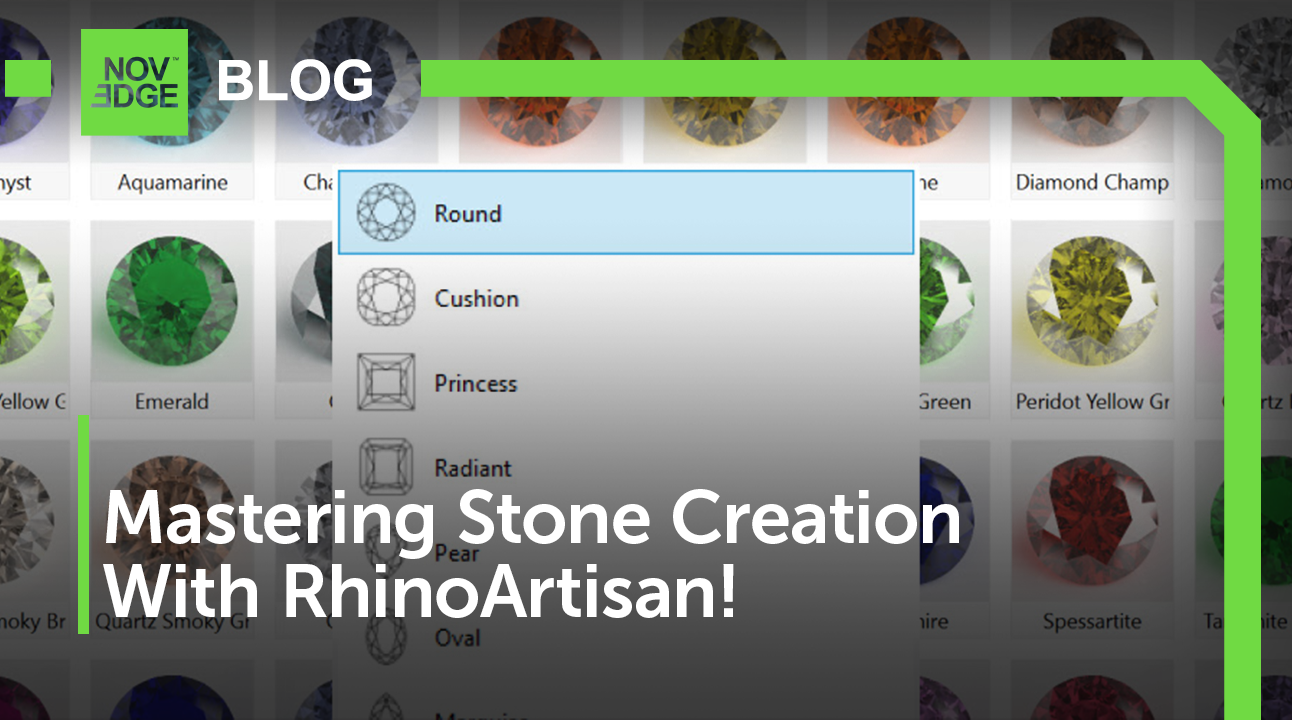
Mastering Stone Creation and Setting with RhinoArtisan: A Revolutionary Plugin for Rhino
by NOVEDGE March 08, 2024 0 min read
Read More
Introducing form•Z Core: The Evolution of form•Z Jr with Enhanced Features and v10 Updates
by NOVEDGE March 08, 2024 0 min read
Read More
Exploring the Exciting New Features of 3ds Max 2024.2 Update
by NOVEDGE March 03, 2024 0 min read
Read More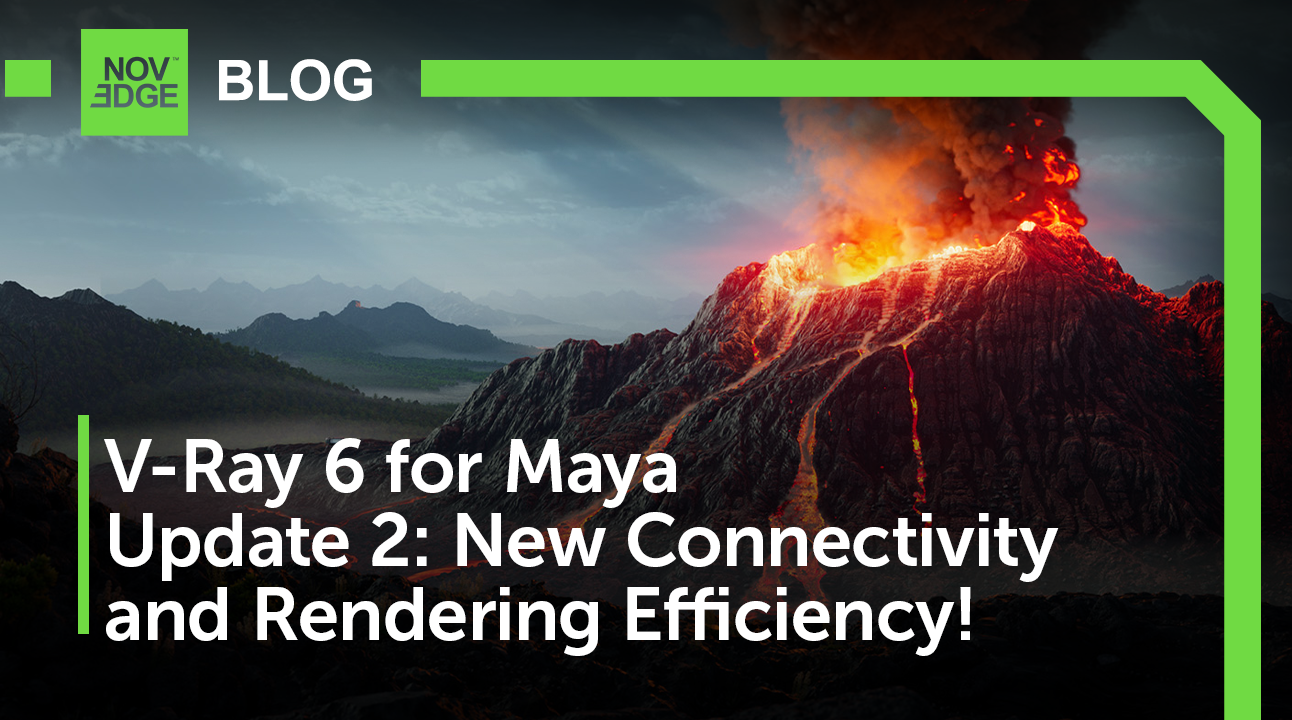
Unveiling V-Ray 6 Update 2 for Maya: Revolutionizing Creative Connectivity and Rendering Efficiency
by NOVEDGE February 15, 2024 0 min read
Read More
Unlock Next-Level Creative Collaboration with V-Ray 6 for Houdini Update 2
by NOVEDGE February 15, 2024 0 min read
Read More
CivilCAD 11 : Pioneering Innovation in Civil Engineering
by NOVEDGE February 07, 2024 0 min read
Read More
Last Chance to Save 33% on Rhino 8 Commercial Upgrades: Ends February 27, 2024!
by NOVEDGE February 07, 2024 0 min read
Read More
Explore the New Features of VisualARQ 3 Beta: Now Available for Rhino 8 Users!
by NOVEDGE February 02, 2024 0 min read
Read More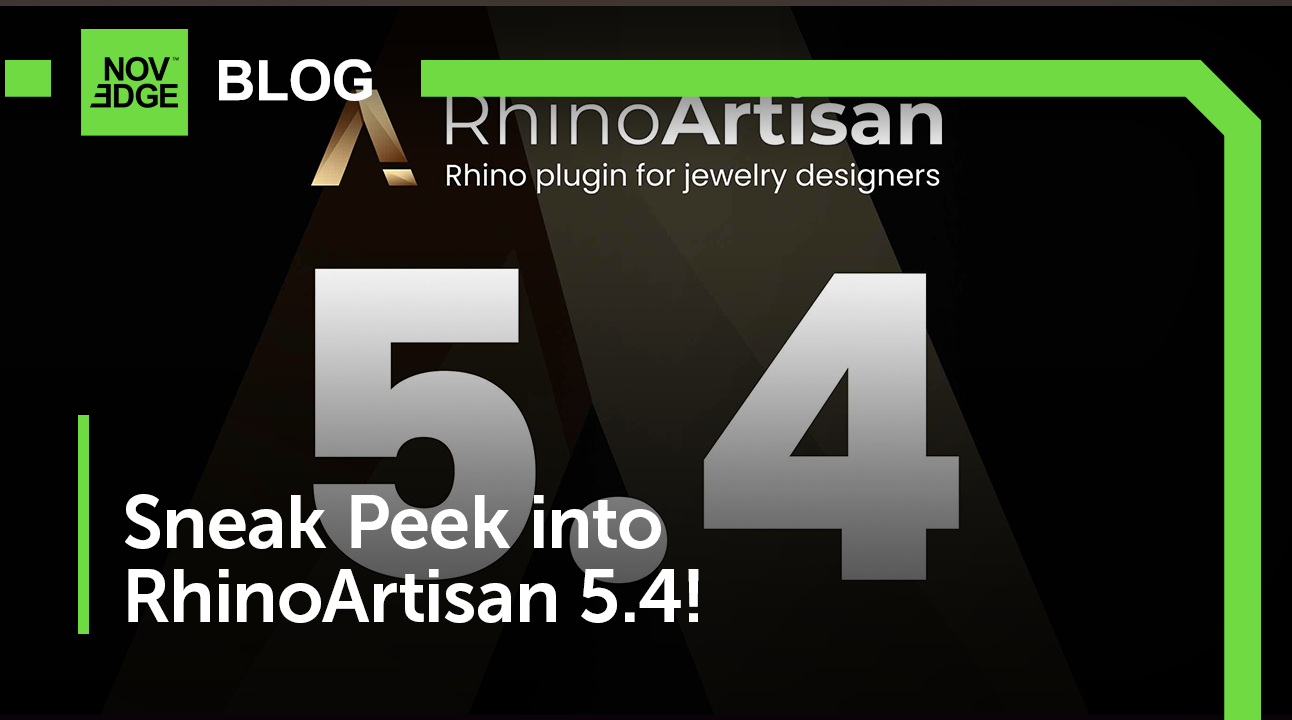
Exploring the New Frontier of Jewelry Design with RhinoArtisan 5.4: Features That Personalize Your Creative Process
by NOVEDGE February 01, 2024 0 min read
Read More
Maxon Unveils Red Giant 2024 Update with New Bokeh Tools, Enhanced Color Management, and Cloud Capsule Support
by NOVEDGE January 19, 2024 0 min read
Read More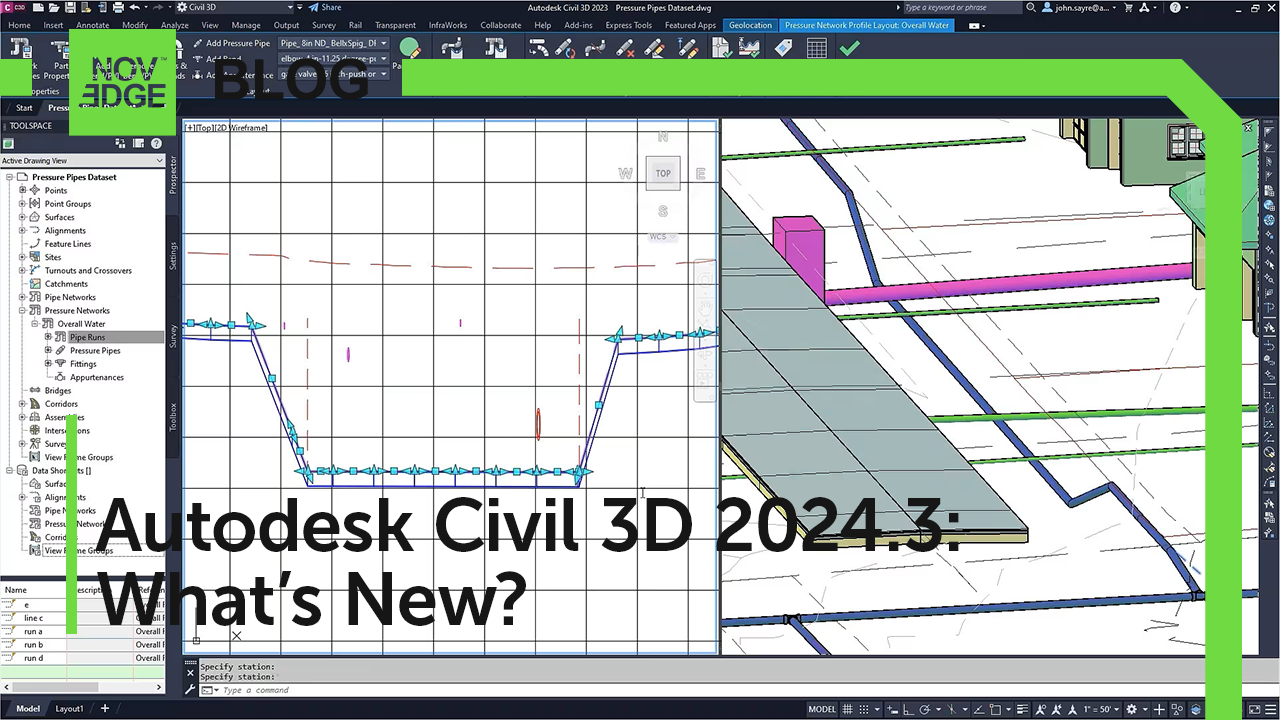
Exploring the Autodesk Civil 3D 2024.3 Update: What's New and Enhanced?
by NOVEDGE January 04, 2024 0 min read
Read More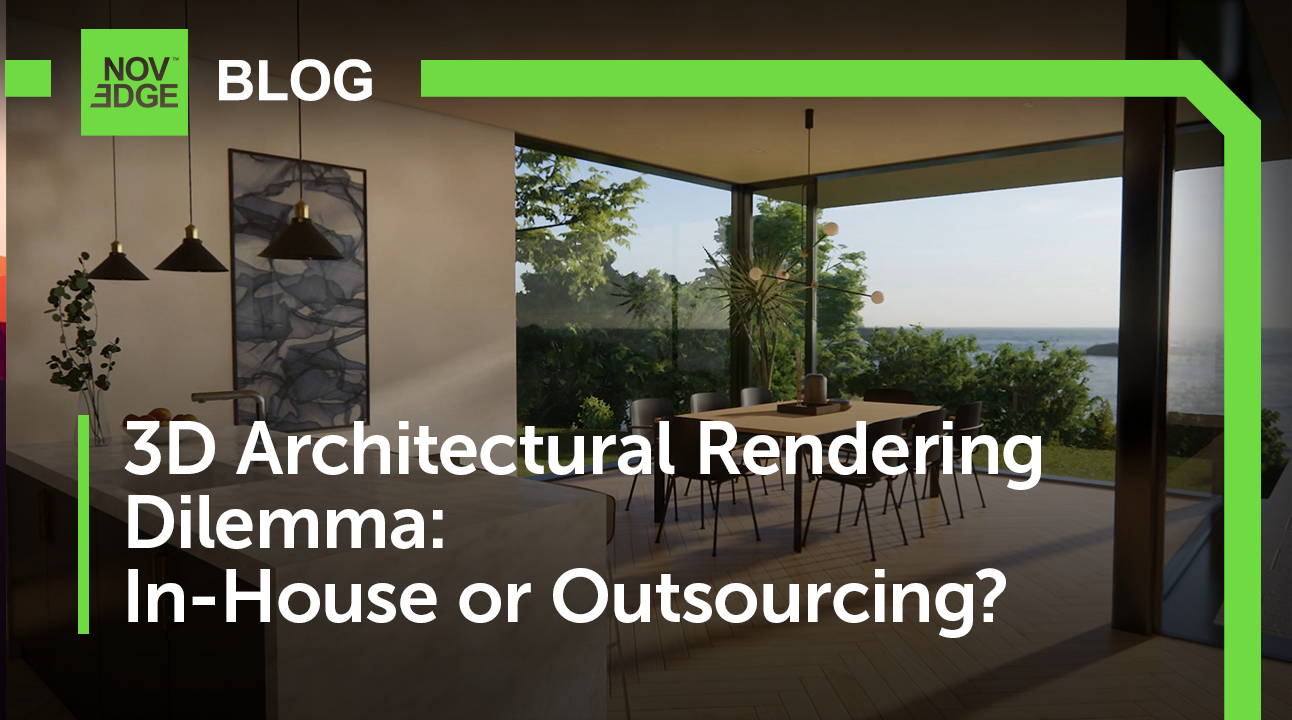
Evaluating 3D Architectural Rendering Options: Should You Go In-House, Learn Yourself, or Outsource?
by NOVEDGE December 15, 2023 0 min read
Companies face a crucial decision when it comes to producing these renderings: opt for an in-house team, invest time in self-learning, or turn to outsourcing services?
Read More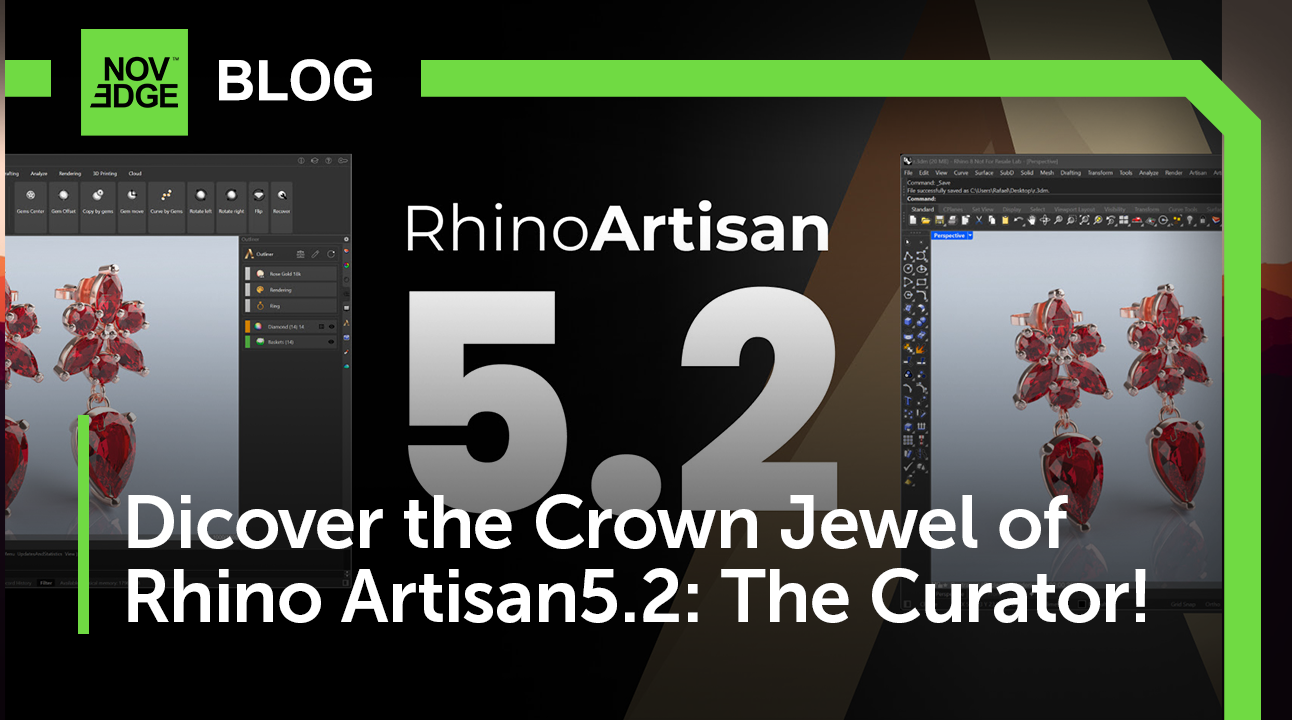
Expedite Your Creation Process With RhinoArtisan 5.2
by NOVEDGE December 12, 2023 0 min read
RhinoArtisan 5.2, is compatible with Rhino 6, 7, and 8 and introduces revolutionary features that will boost your creativity and efficiency.
Read More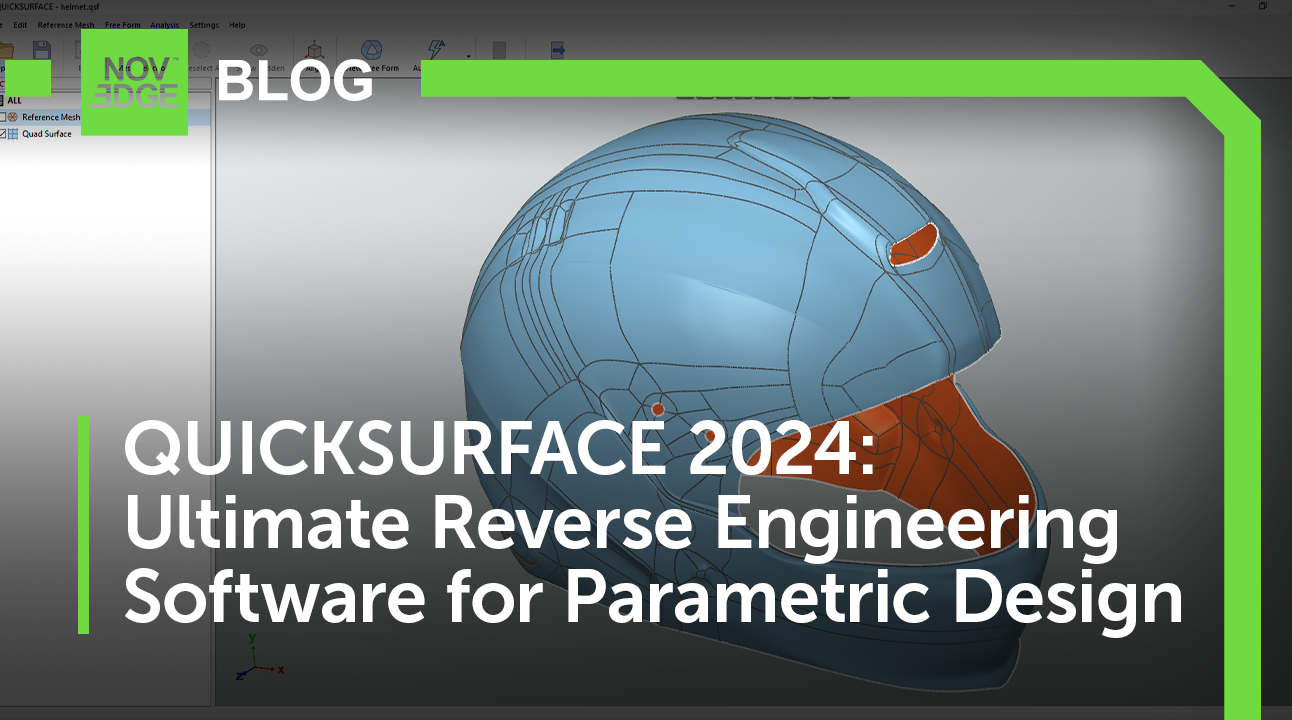
QUICKSURFACE 2024: The Ultimate Reverse-Engineering Software for Parametric Design
by NOVEDGE December 11, 2023 0 min read
Read More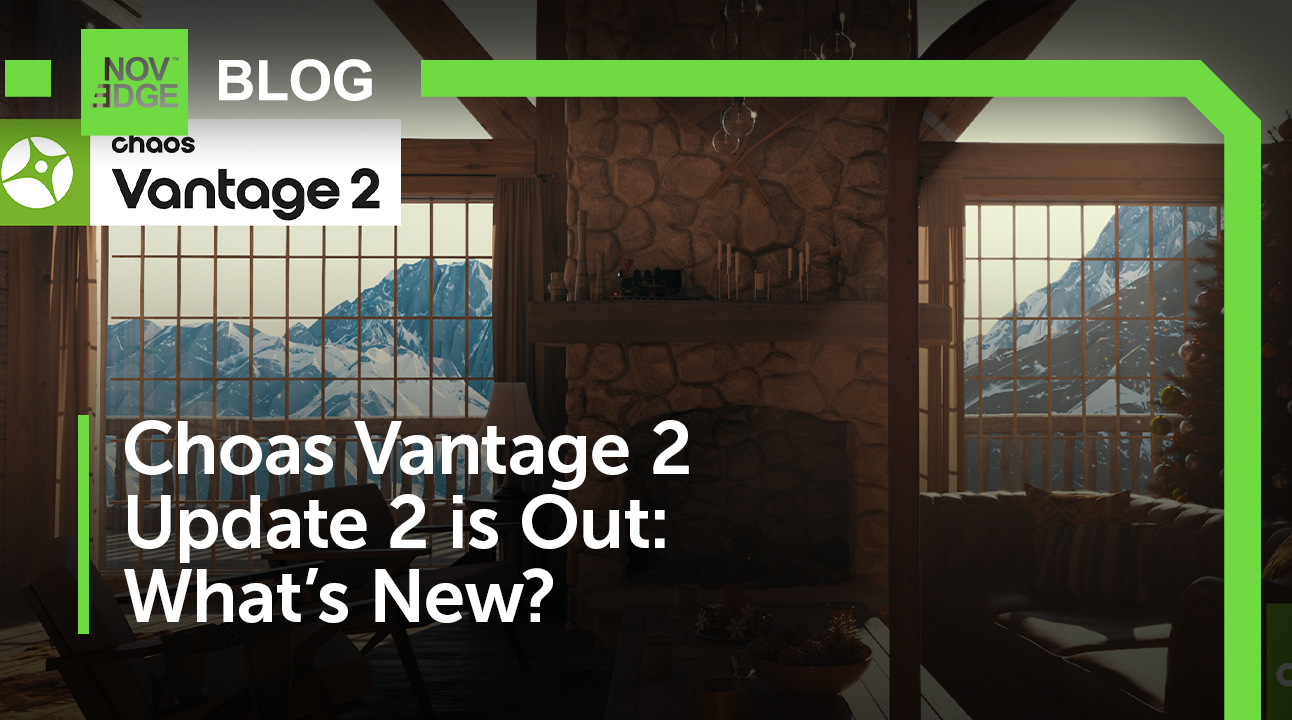
Explore and Present V-Ray Scenes in Real-Time with Chaos Vantage 2: The Revolutionary Visualization Tool for Designers and VFX Artists
by NOVEDGE December 08, 2023 0 min read
Read More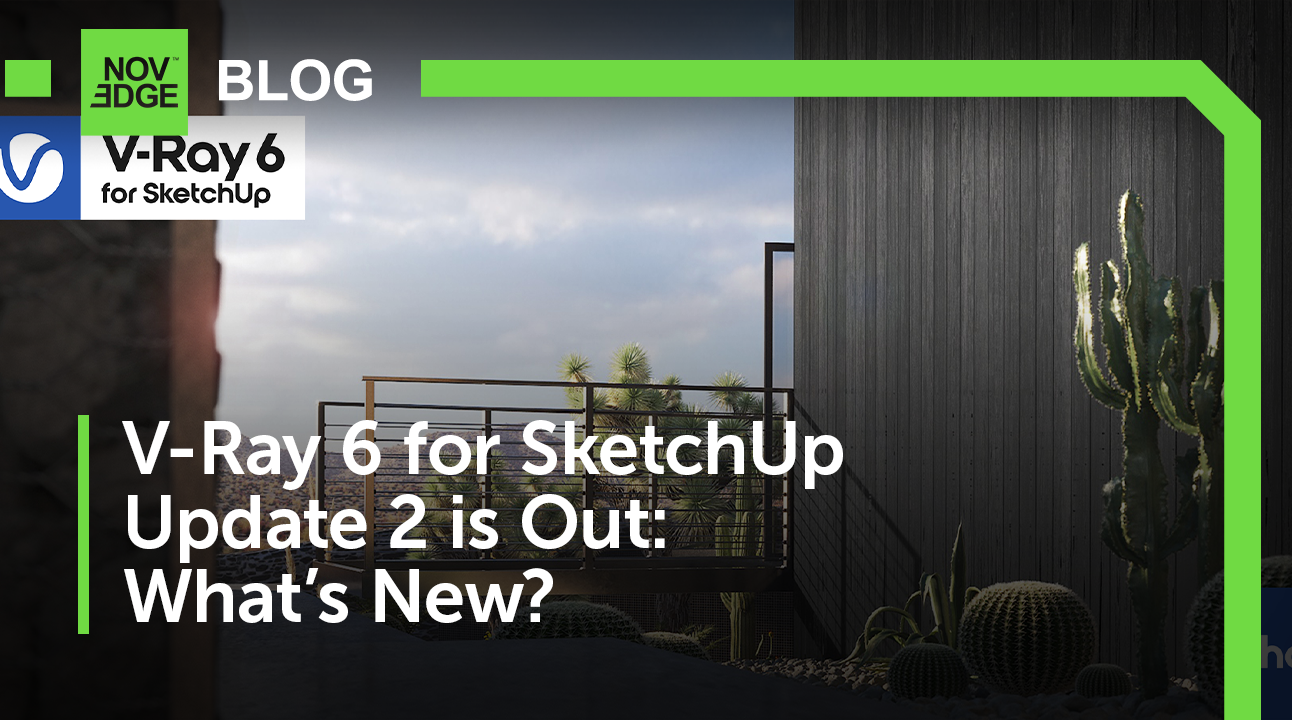
Exploring the New Features of V-Ray Update 2: Improved User Experience and Accelerated Workflows
by NOVEDGE December 07, 2023 0 min read
Read More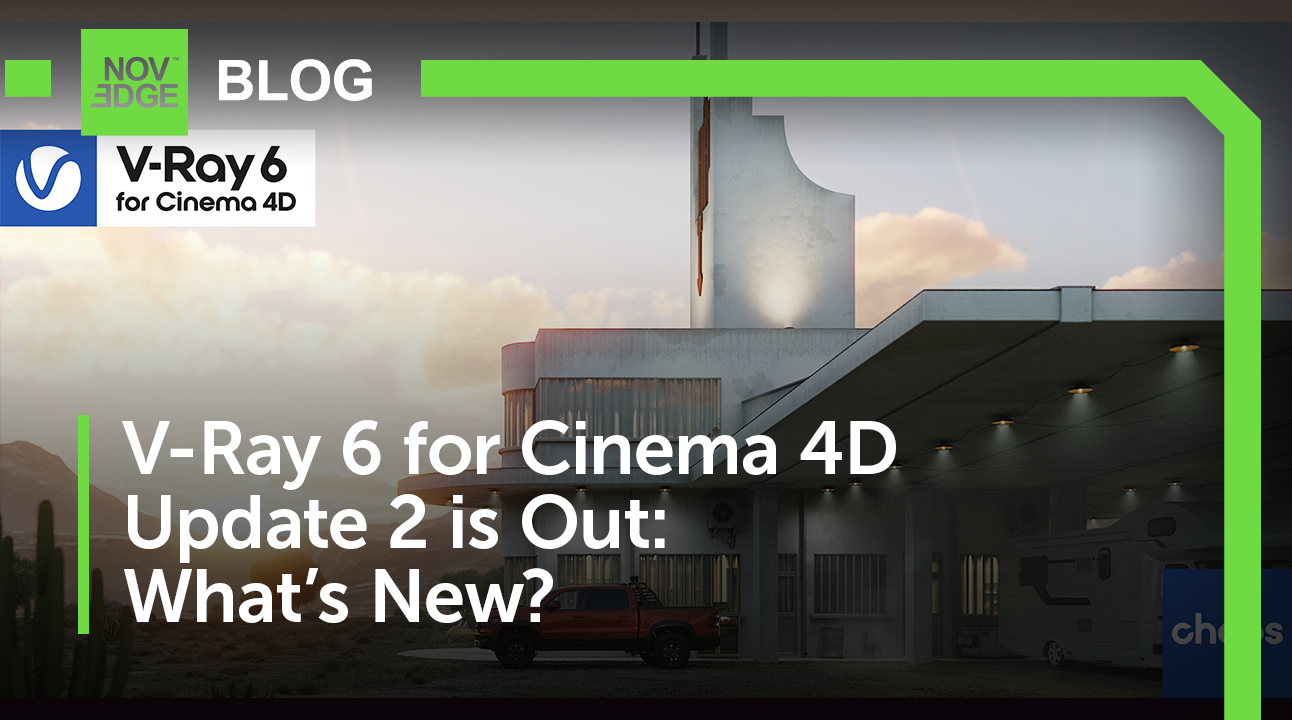
Exploring the New Features of V-Ray 6 Update 2 for Cinema 4D: A Game-Changer for Collaboration and Rendering
by NOVEDGE December 07, 2023 0 min read
Read MoreSubscribe
Sign up to get the latest on sales, new releases and more …



